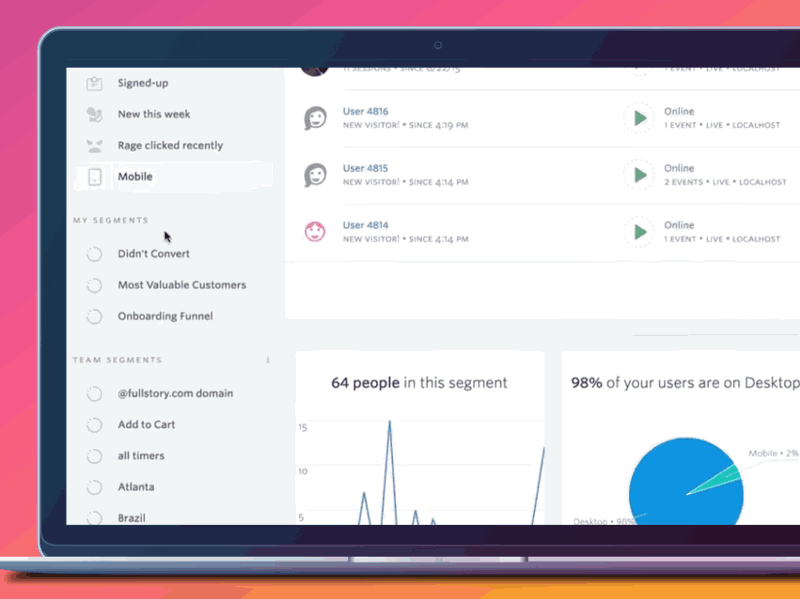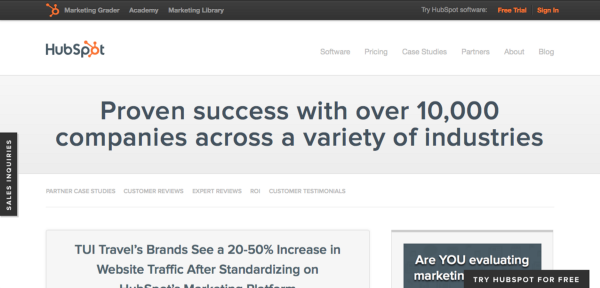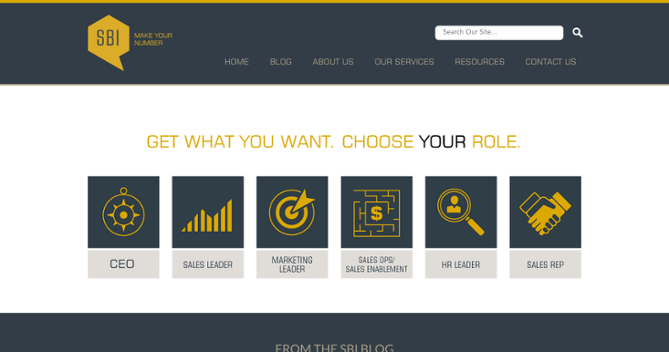Explore our IP Address Database Downloads for instant access to our IP address insights
Learn moreHow marketers overlook 93% of potential customers
If you get 30,000 site visitors a month, you only get to know 2,100 of them. The 7% of site visitors who convert are the source of all your data on your prospects and customers. They inform future marketing decisions, sales pipelines, product decisions, and even how your business runs customer support.
But there’s a wealth of data in that remaining 93% of site visitors who didn’t convert. They left your site for one of three reasons:
- they did see the value of your product, and it didn’t match their needs
- they didn’t see the value of your product, and it didn’t match their needs
- they didn’t see the value of your product, and it did match their needs
Those who fall into the last group could be ideal customers you’ve never gotten to know. They represent lifetime customers whom you’ve failed to consider throughout all of your marketing efforts.
Most companies create customer profiles based on their existing customers, but it’s now possible to get data on your non-converting prospects, based on their IP address. That data can inform your Ideal Customer Profile which will help connect you with the best possible customers for your product.
You pick your customers (not vice versa)
There’s an old saying about friendship that says, “pick your friends, don’t let them pick you.” The same goes for customers. If your customers choose you, you’re getting all kinds of customers. Some will be delighted with your product, some will call and complain every day, and some will churn after the second week. In SaaS, this is particularly troublesome, since you don’t earn back the cost of acquiring a customer until months after they sign up for your product.
To get the best customers possible, you need to do the picking. This means building out descriptions of your ideal customers — Ideal Customer Profiles (ICP) — and finding the best matches. These descriptions should include:
- Demographic data, such as age, gender, occupation, location. “Who is the customer?”
- Psychographic data, such as customer preferences and pain points. “How does the customer feel?”
- Behavioral data, such as what actions customers take. “What does the customer do?”
- Firmographic data, such as business size, sector, ARR, and location, if applicable. “At what kind of company, does the customer work?”
Once you build a data-informed ideal customer profile, you can adjust and experiment with new marketing campaigns to find the best way to increase your conversion rates and get higher-quality customers. Here’s how.
1. Pinpoint who isn’t converting
Typically, companies who build ICPs based them on:
- data on their existing customers
- hypothesis on who they think their ICP is
The former is limiting, but realistic — you’re building profiles based on hard data that you’ve gathered over time. The latter is ambitious, but unrealistic — you’re building profiles out of thin air.
But now, there’s a third way to inform your ICPs: de-anonymizing web traffic to your site. This will help you learn more about the people you inadvertently turned away.
It might seem counter-intuitive to build profiles based on customers you don’t have a proven track-record with, but it’s the only way to discover new markets you haven’t thought to consider. You’ll be able to create profiles based on your product’s potential, not based on its history.
You can use two different tools to learn about your non-converting visitors:
1. Integrate a third-party API that captures prospect information based on their IP address. IPinfo is one such service that reveals the location, the hostname, the network owner, and the organization name of your visitors.

2. Use a screen-recording or heatmap tool that captures prospect behavior on your page. FullStory is basically a DVR for your site that pairs recordings to their respective IP addresses.

3. Use exit surveys to find out why people are leaving. Tools like Qualaroo let you ask site visitors why they’re leaving your page. Not everyone will answer, so it’s important to take these replies with a grain of salt.
Once you’ve pinpointed exactly who isn’t converting, you can start building your Ideal Customer Profiles.
2. Create Ideal Customer Profiles based on that data
Now that you know the location, the job and industry, and the behavior of the people visiting your page, look at the commonalities to form a few basic profiles. They might look something like this:
- Profile A: Business development rep at an SMB in New York who exits the page after navigating to the “prices section” on your site.
- Profile B: Customer service agent at an SMB in California who exits the page after reading through your product features.
- Profile C: Dispatcher for a Logistics and Transportation business in Canada who exits the page after clicking the “use cases” tab.
These might be completely different than your existing customer demographic, or they might have some commonalities. Perhaps you were already targeting Logistics and Transportation businesses, but your copy made it seem like a service that was only for US-based businesses. Or perhaps you’ve only been targeting marketing agencies, but your product could better serve other use-cases you haven’t considered.
Once you have these basic profiles, fill in the gaps with more specifics from market research.
- Start by getting more accurate understanding of your prospects’ businesses. What kind of SMBs are these customer service agents coming from? How many employees do they have? How much money have they raised? What sector are they in? Look through sites like CrunchBase, Glassdoor, AngelList, and Yelp to get more firmographic data.
- Hang out where they hang out. What is their job like? What’s annoying and what’s great about it? What do they worry about? Look through forums, social media groups, and websites that are popular for your prospects in order to learn about their day-to-day. This should give you psychographic data.
- Talk to real people. Reach out to people on forums, social media or email, and talk to them about their problems. Don’t pitch your product, just learn about their pain points from their perspective.
This kind of research is typically done when a business is first launched, but never revisited. But as your product grows and evolves, it could become better for markets that weren’t on your original radar. You should constantly revisit your non-converting prospects to make sure your marketing is addressing the best possible use case, right now.
3. Experiment with your marketing
Once you’ve identified your new Ideal Customer Profiles, you can put them to the test. Experiment with your on- and off-site marketing to see whether you can capture the attention of all the prospects that were once outside your wheelhouse.
On your site, you can:
- Personalize your landing page. Create different landing pages for different visitors. You can customize them based on business-type, price-consciousness, or even location.


- Personalize your content marketing. You can recommend different articles depending on who your prospect is. You might show case studies from similar companies, or simply point them to articles that deal with their particular pain points.
- Personalize the entire on-site experience. Some sites let the users self-identify. You can create five or six different site experiences, based on which path the visitor chooses.

Off your site, you can:
- Try new social ads. If you don’t have the time or resources to create an entirely new, dynamic landing page, social ads are a great, low-risk way to test the waters. Facebook lets you create highly targeted ads based on industry, location, demographic, interests, or behaviors.
- Experiment with new types of content. Set up blog exchanges with companies who deal with similar types of customers. Build up your credibility as a resource for your new ideal customers.
- Change up your cold emails. Look up real users at the organizations you’ve found from your IP lookups. From there, send out cold emails either explicitly asking what they were looking for, or providing helpful suggestions.
These experiments will help you corroborate your ICPs to uncover prospects that you’ve been overlooking. when you’re new ideal profiles begin to turn into existing customer profiles, repeat the process. SaaS products evolve quickly, so what works now might not work in a few years.
Reach your marketing potential
If you build your ideal customer profiles based on your existing customers, they’re not ideal — they’re just your existing customer personas (albeit your best ones). But this limits your marketing to the markets in which you’ve already been successful.
Creating ideal customer profiles based on your non-converting prospects enables you to take advantage of the untapped opportunities that are lost on your site every day.
To reach your marketing potential, you need to learn everything about your best prospects, not the best prospects from the 7% that are currently converting. Then not only will your conversions increase, but you can build your product for the people who actually need it most.
IPinfo is a comprehensive IP data and API provider with flexible pricing plans to meet your business needs. We handle billions of API requests per month, serving data like IP geolocation, ASN, VPN detection, and more. Sign up for a free account or contact our data experts to learn more.
About the author

Internet Data Expert